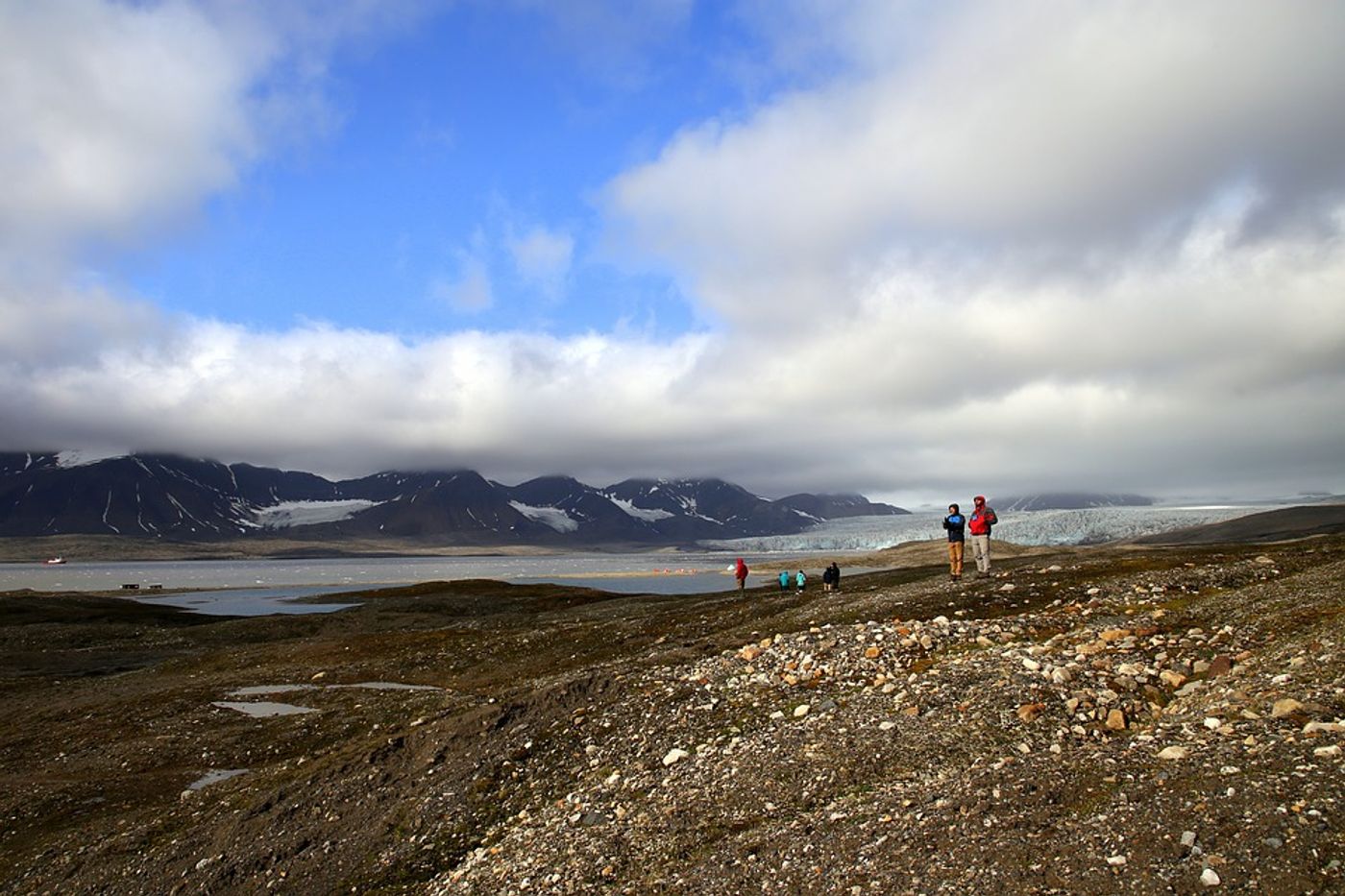Methylmercury levels rising with climate change
Researchers from the University of New Hampshire have recently published a study in the journal Geochemical Perspectives Letters detailing the consequences that climate change is having on the rising threat of mercury reallocation. Mercury reallocation refers to the flow of mercury from formerly frozen soils such as thawing permafrost in the Arctic into the surrounding water, soil, and air. The mercury that is being released and transformed from these frozen lands is increasing the levels of methylmercury into environmental systems. Methylmercury is a neurotoxin capable of disrupting fisheries, wildlife, and the people who depend on them.
The study focused specifically on a region north of the Arctic Circle in Abisko, Sweden. Lead author of the study, Florencia Fahnestock, a doctoral candidate in Earth sciences, commented: "Our research suggests that Arctic wildlife, such as birds and fish, may be at increased risk of exposure to higher levels of methylmercury that could ultimately impact their reproduction and populations. It also has the potential to impact indigenous people if they are eating methylmercury-contaminated wildlife, and possibly the fishing industry, if the mercury is flushed out of the watershed into the ocean."
However, while the study concentrated on this particular region, the authors warn that the effects of methylmercury could extend past the Arctic, were the compound to cascade into various ecosystems. Because it is easily transported by both water and wind, mercury, in whatever form, can end up a long way from a source location.
In conducting their research, the scientists followed the evolution of “total mercury” in palsa (frozen permafrost), bogs (semi-thawed area), and fens (fully thawed peat with flowing water) to observe the influence that thawing permafrost has on the compound. Total mercury refers to the distinct forms that mercury can take, such as solid, gaseous, methyl. Because methylmercury is unfortunately also the form most easily taken up by animals, the scientists wanted to verify if their concern about rising methyl levels was justified.
In their analysis, the research team determined that fens showed the highest levels of methylmercury. This, they say, is due to the lack of oxygen in the sediments, which produces the right conditions to convert mercury to methylmercury. When methylmercury enters the food chain, the scientists warn, it can quickly become a potential public health concern.
Yet, just how methylmercury enters the food chain is still unclear. "We don't have a good handle on how the mercury gets into terrestrial food webs; it may depend on where land-based animals graze," said Julie Bryce, a professor of geochemistry. "Plants growing in some of these thawing environments could be laden with mercury."
While volcanoes, forest fires, and sediment erosion are natural sources of mercury emissions into the atmosphere, fossil fuels and gold mining also account for a significant portion of these emissions. With rising temperatures from climate change, more melting will mean more fens, and more environments for the transformation of mercury to methylmercury, thus greatly enhancing the risks that the neurotoxin poses for our future.









